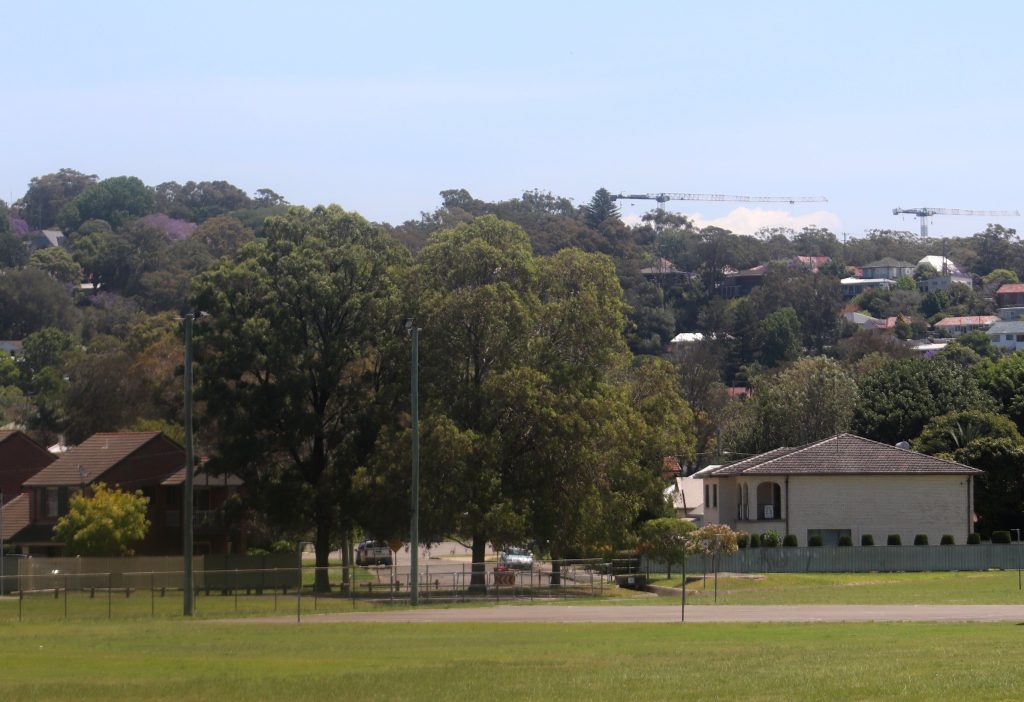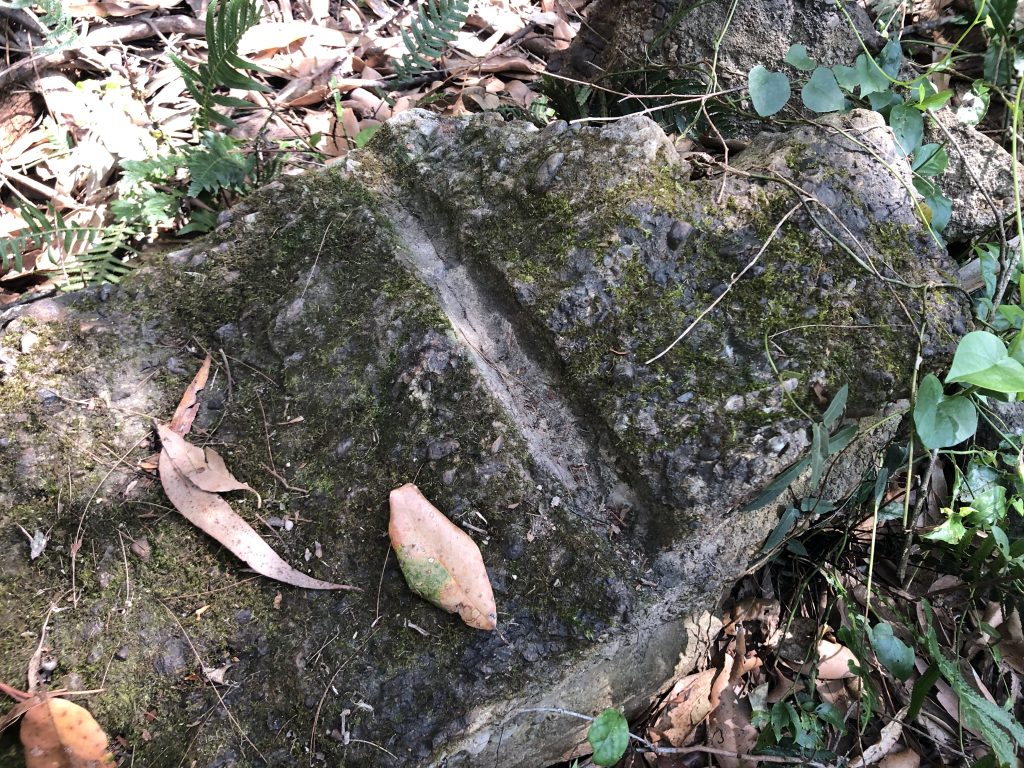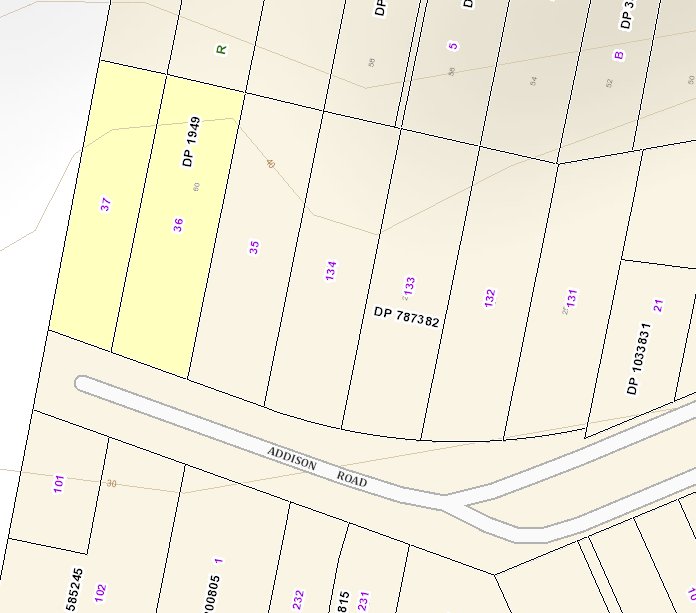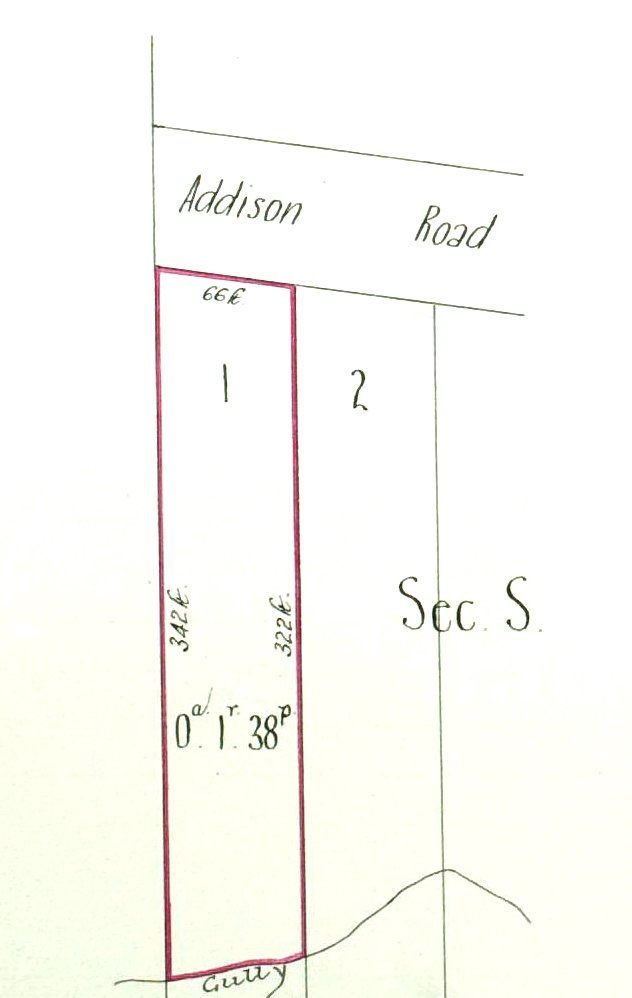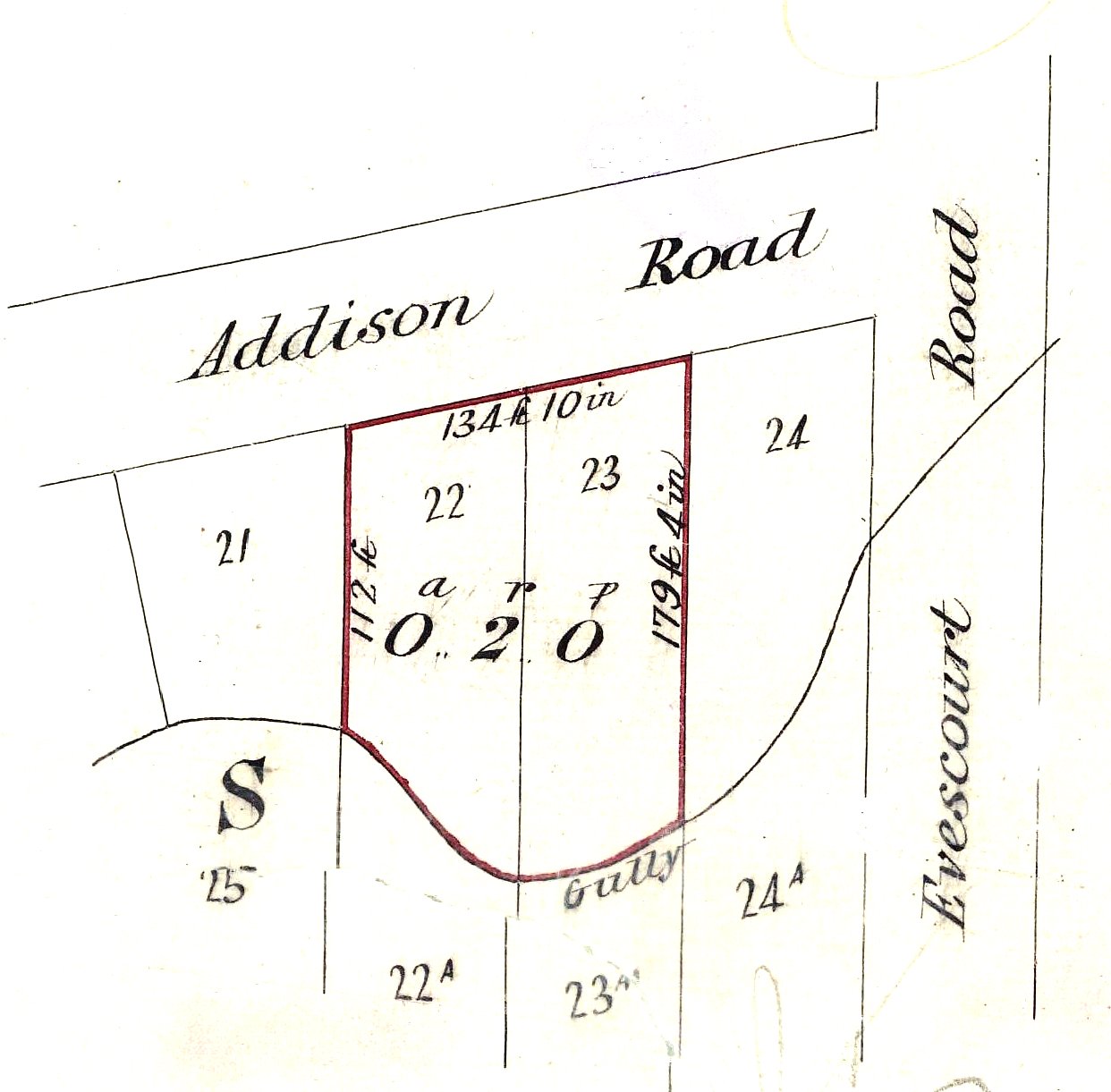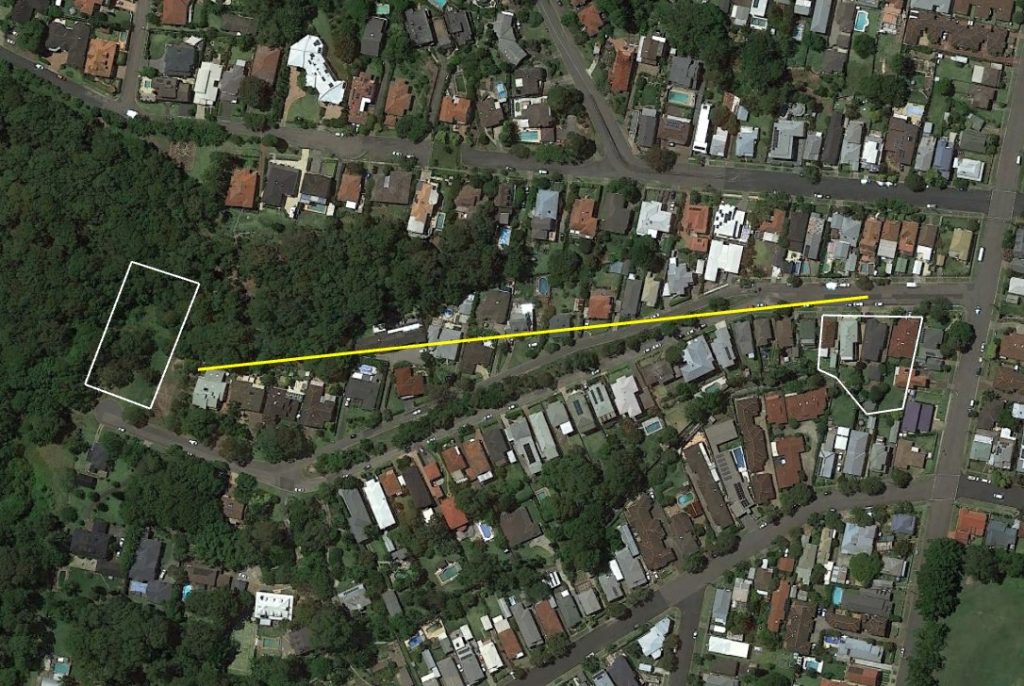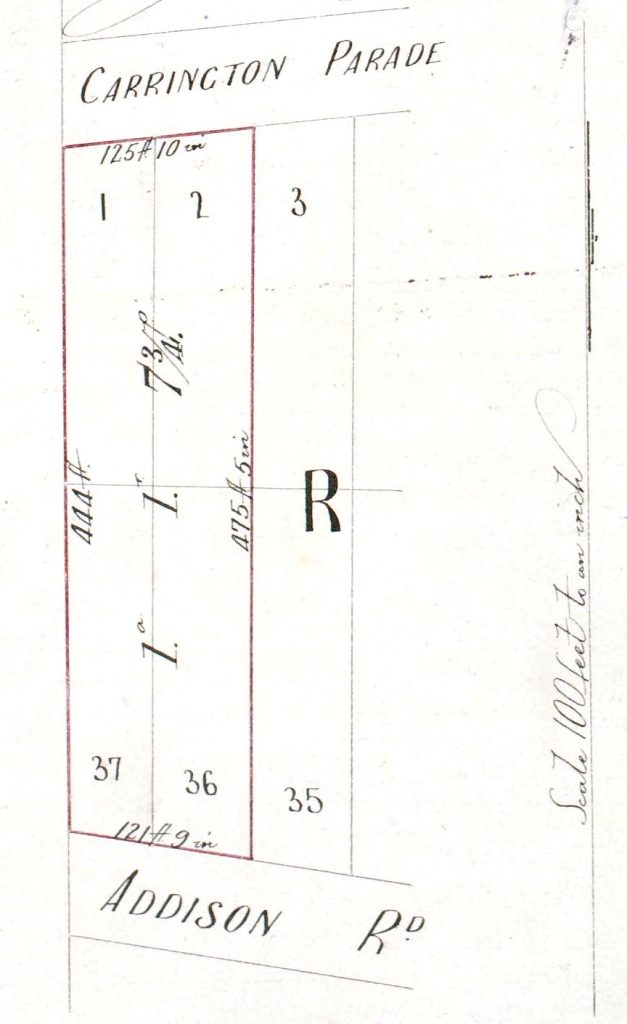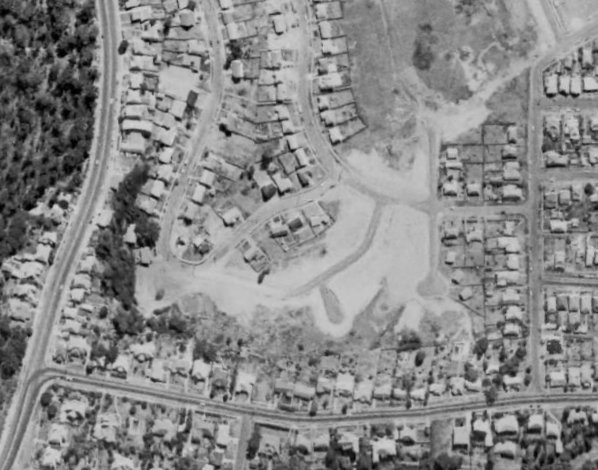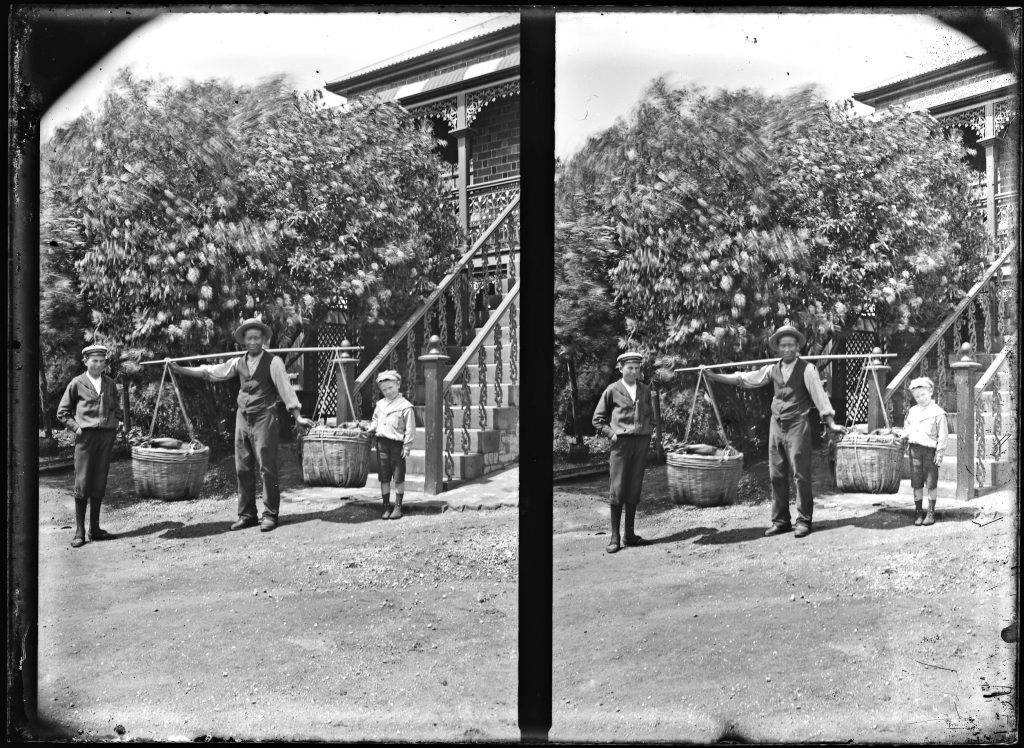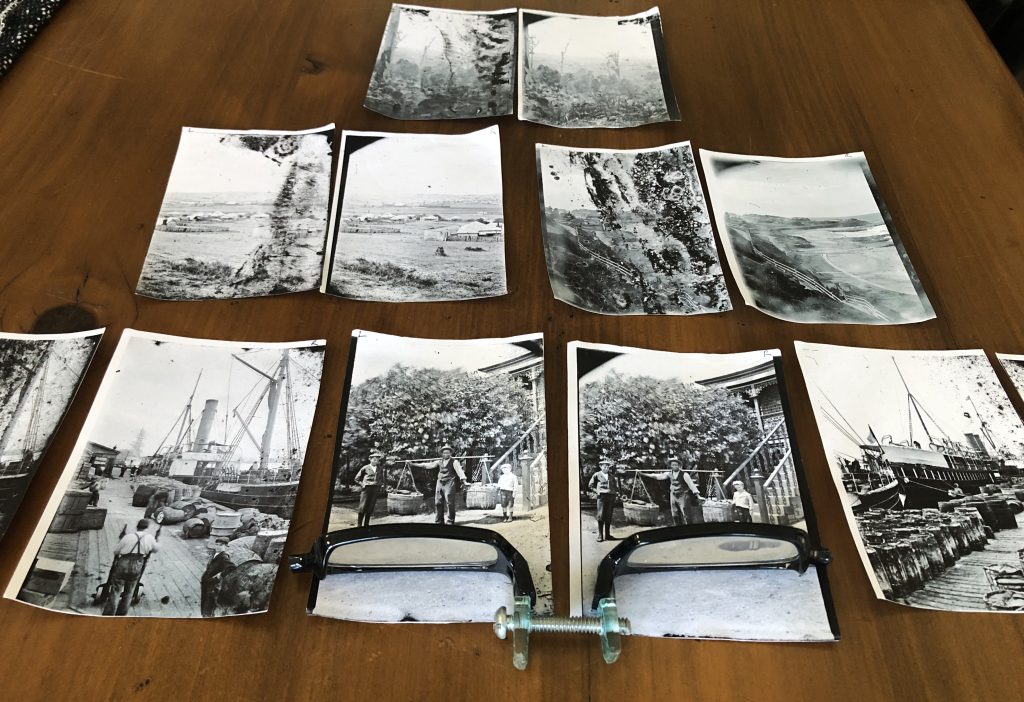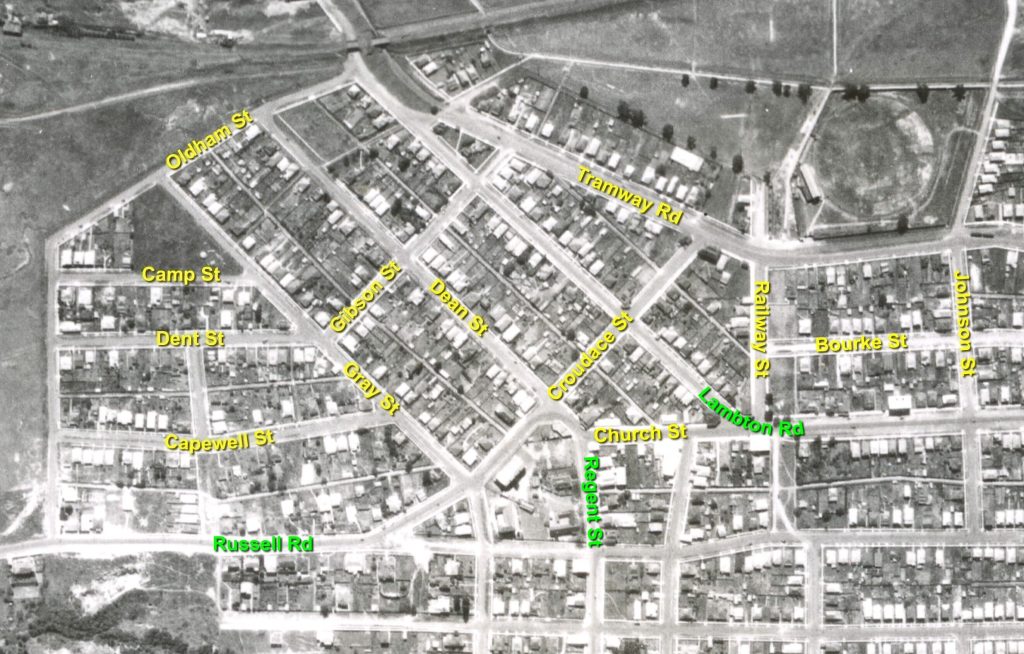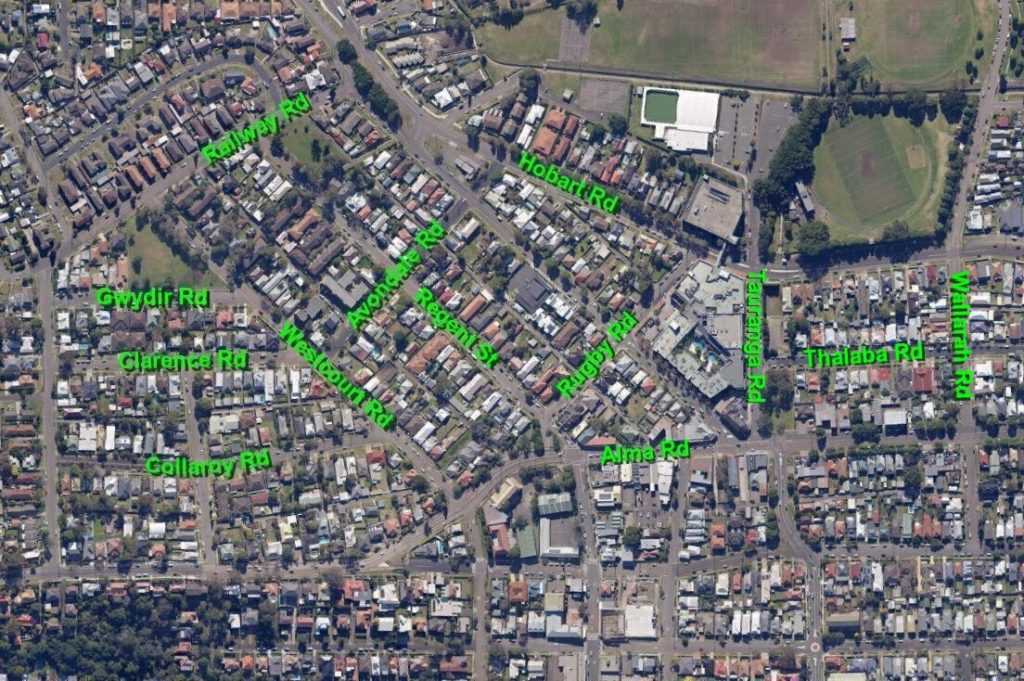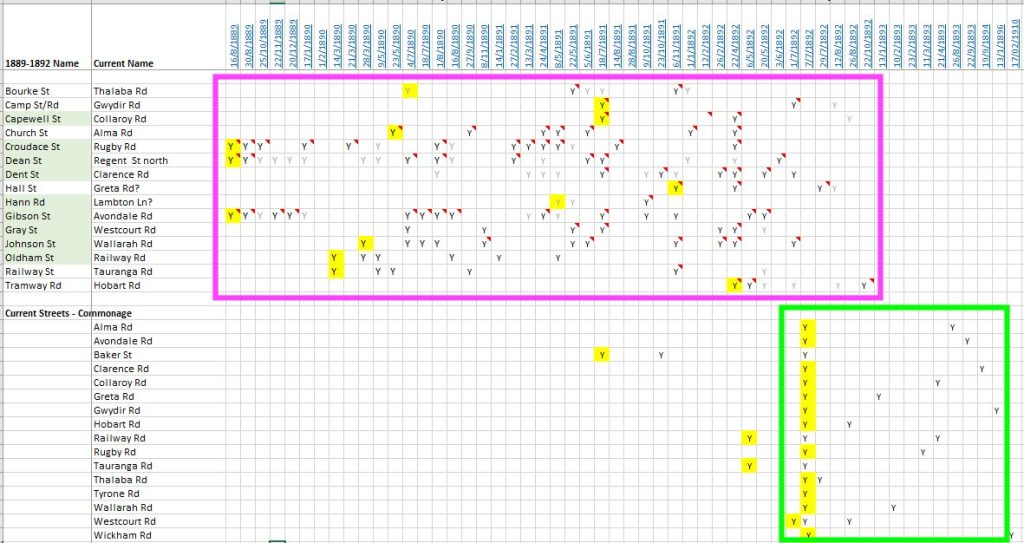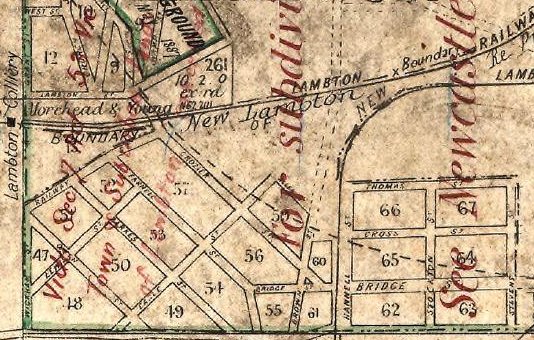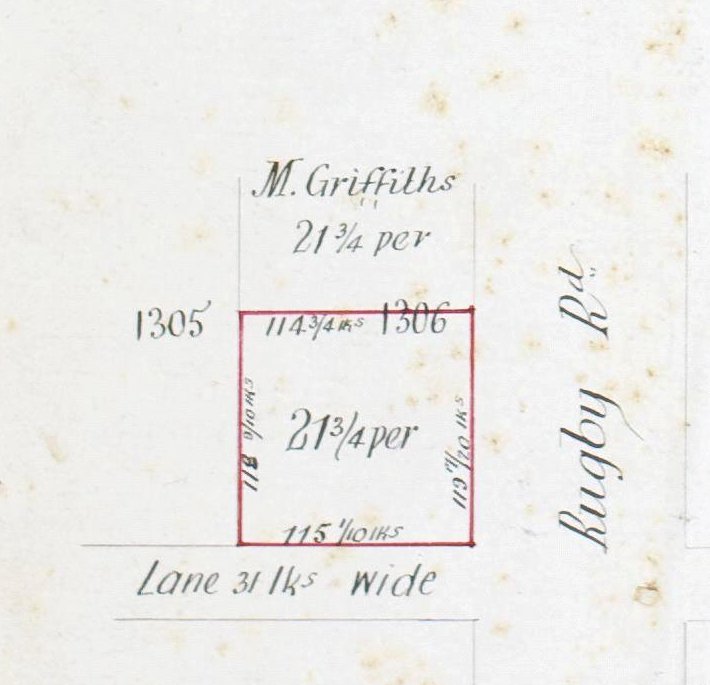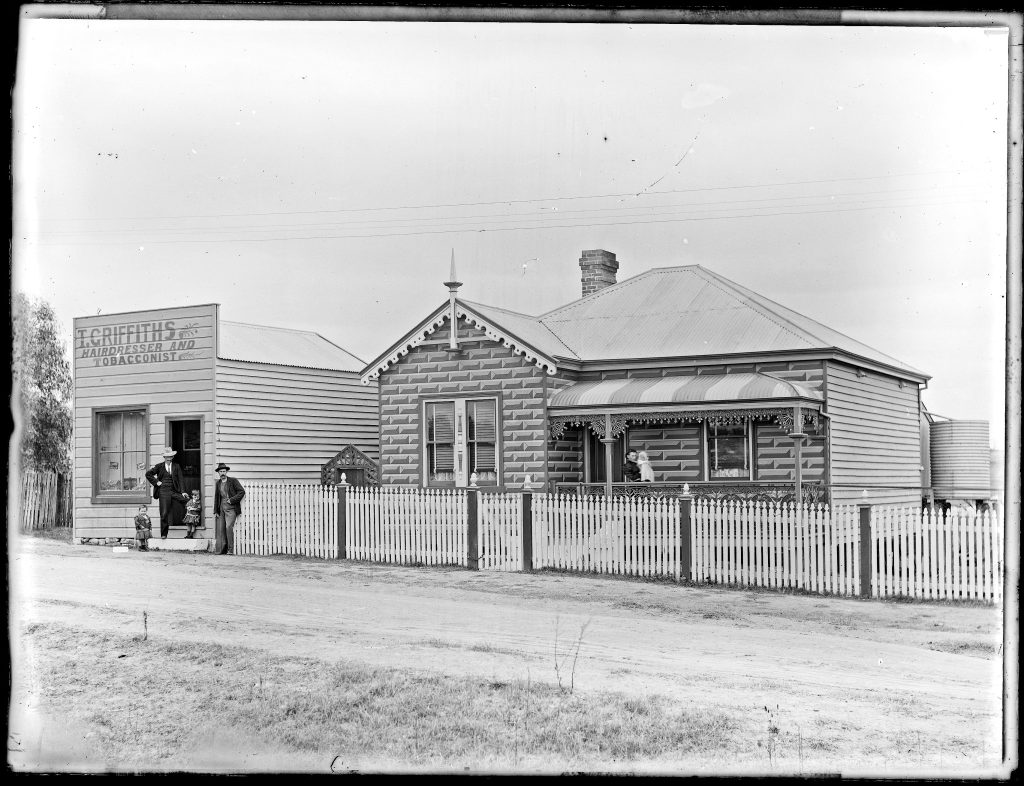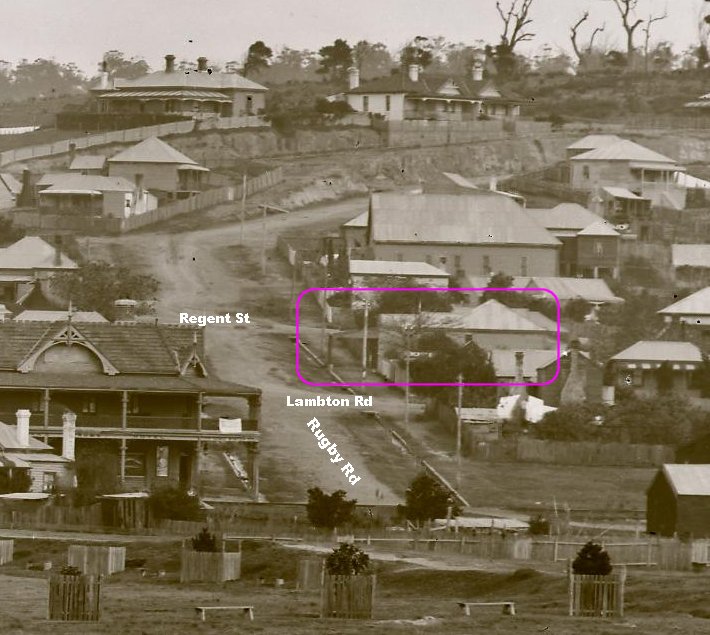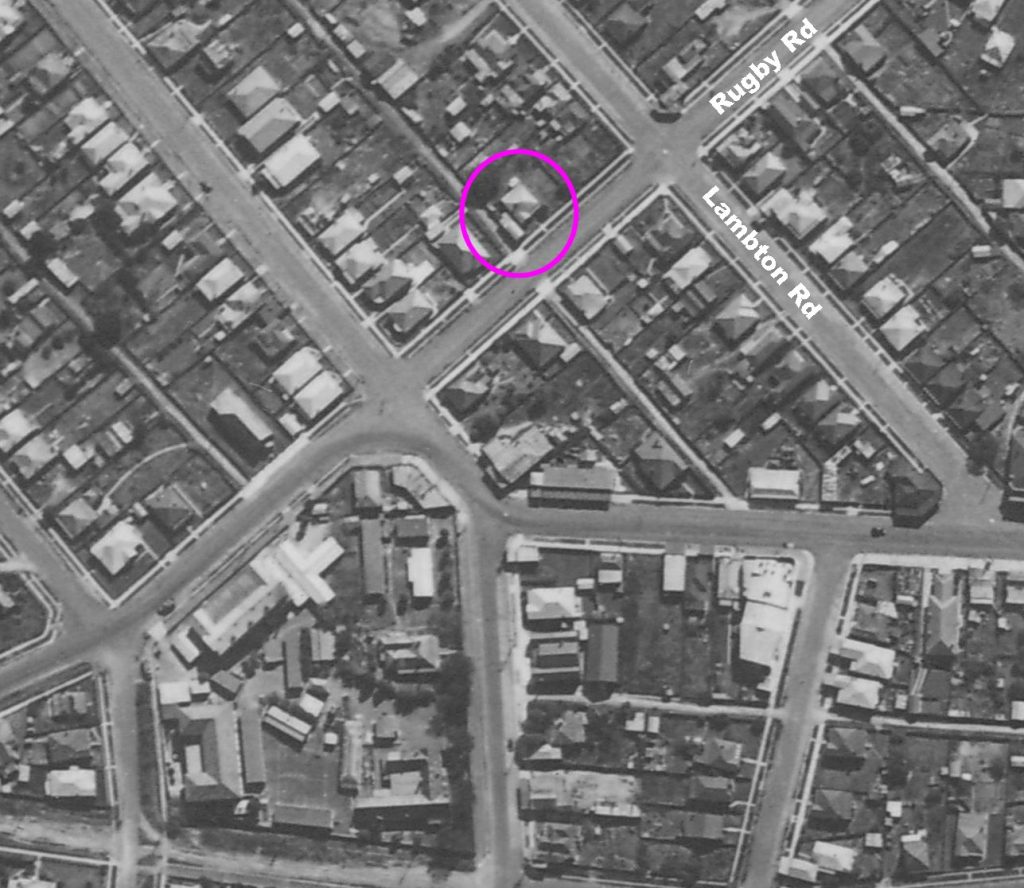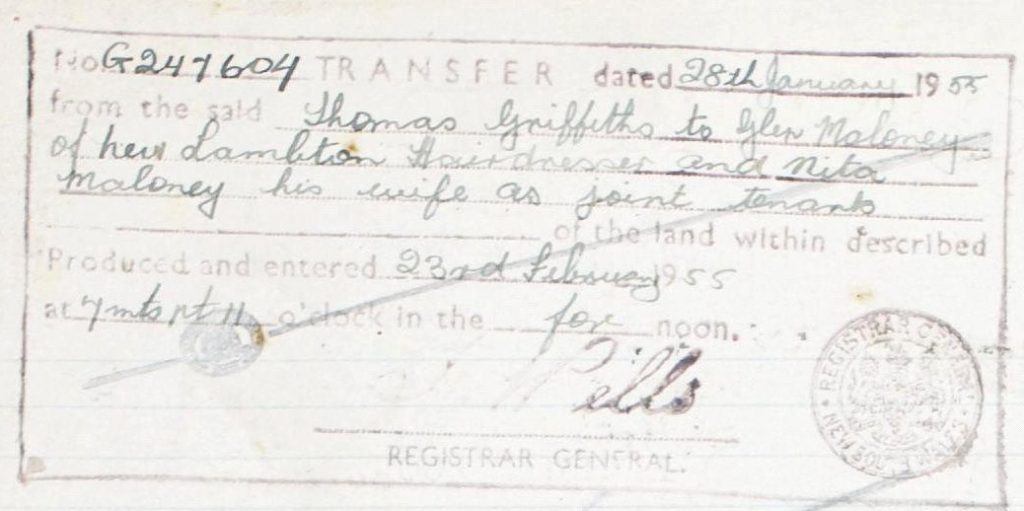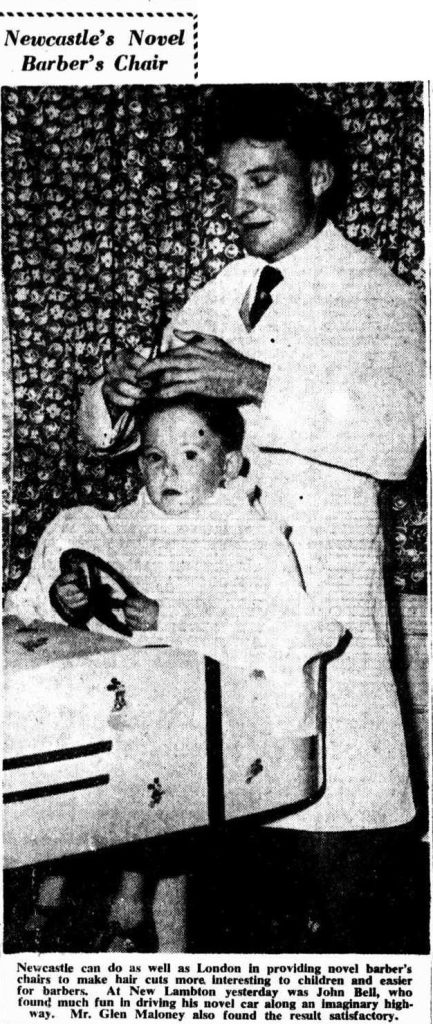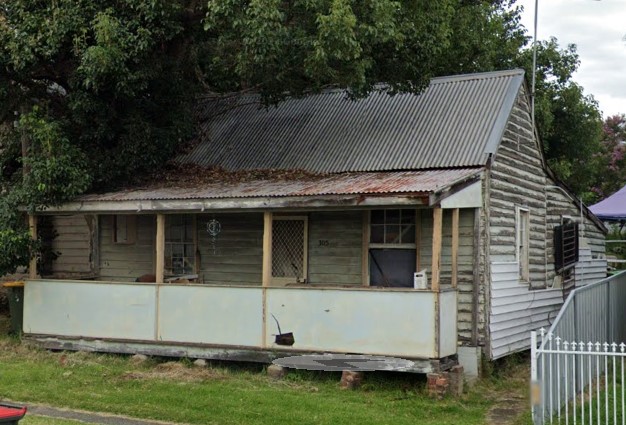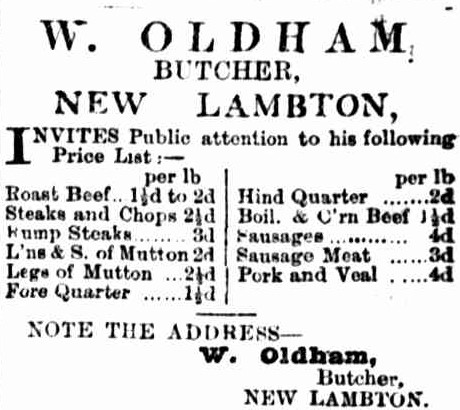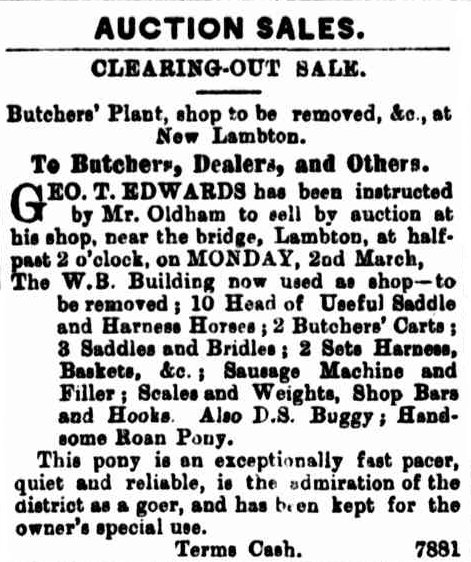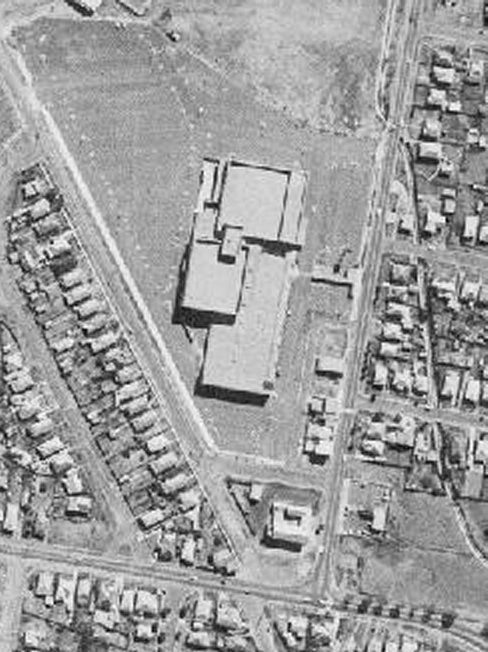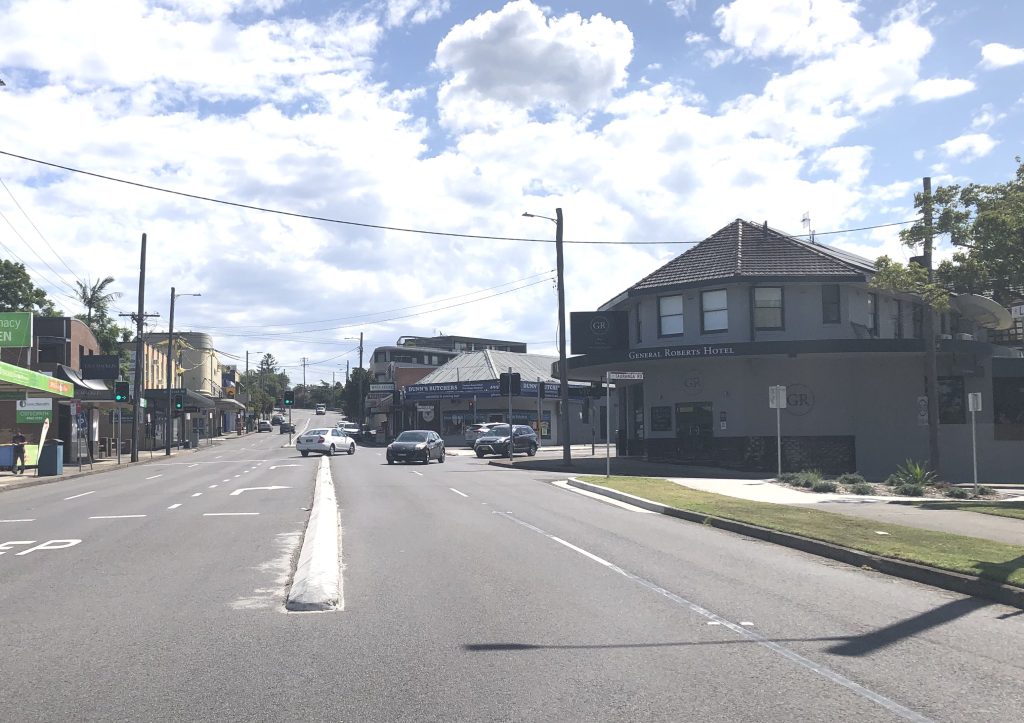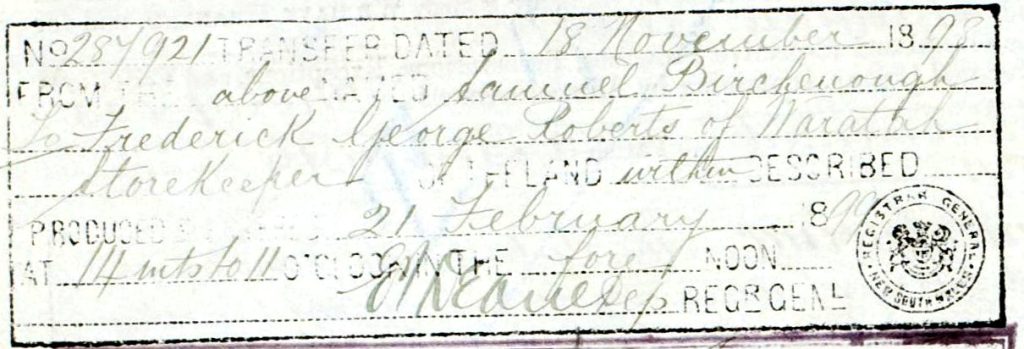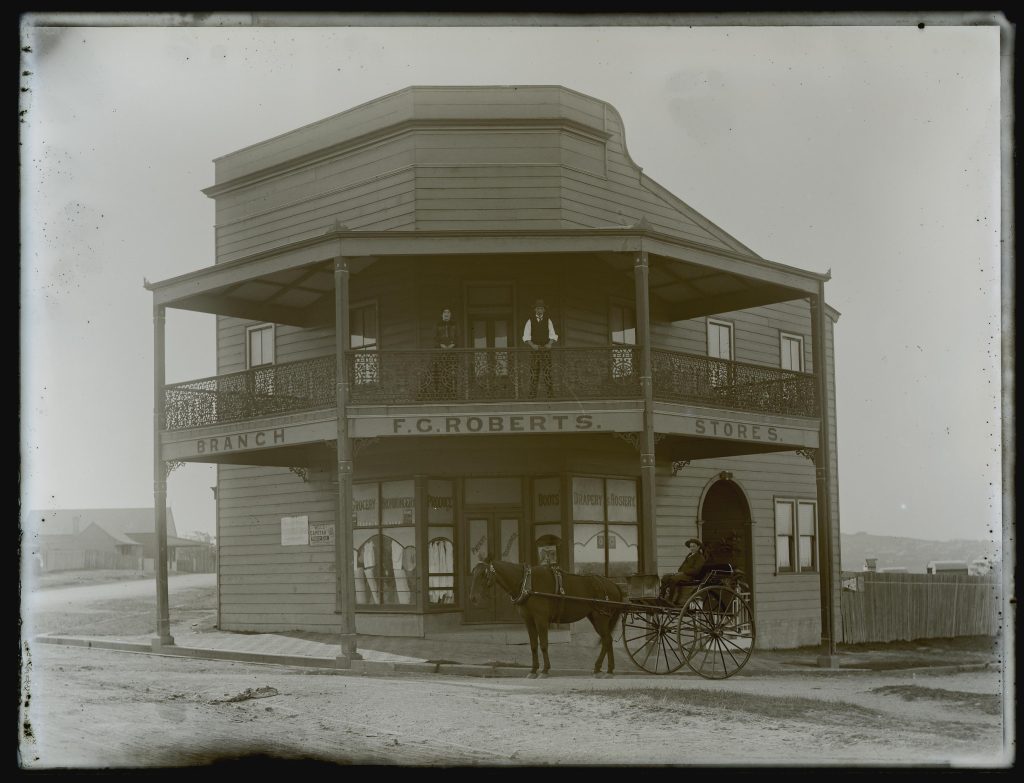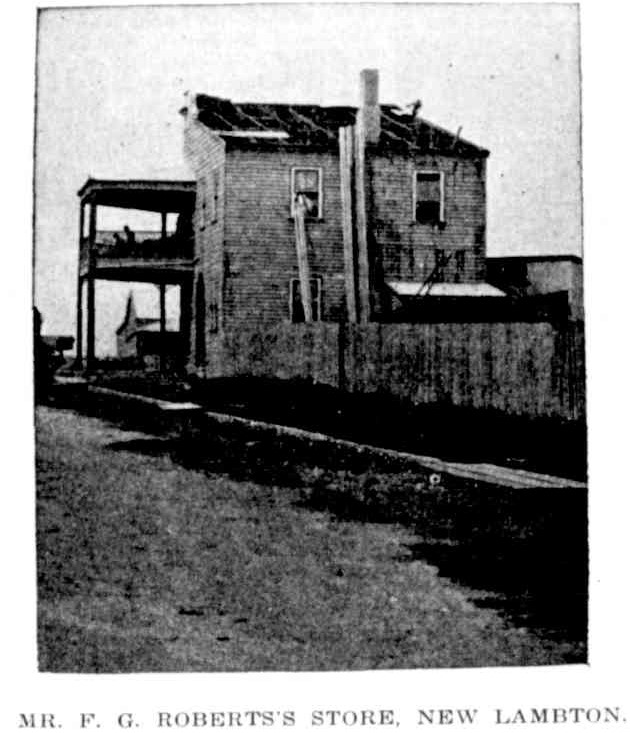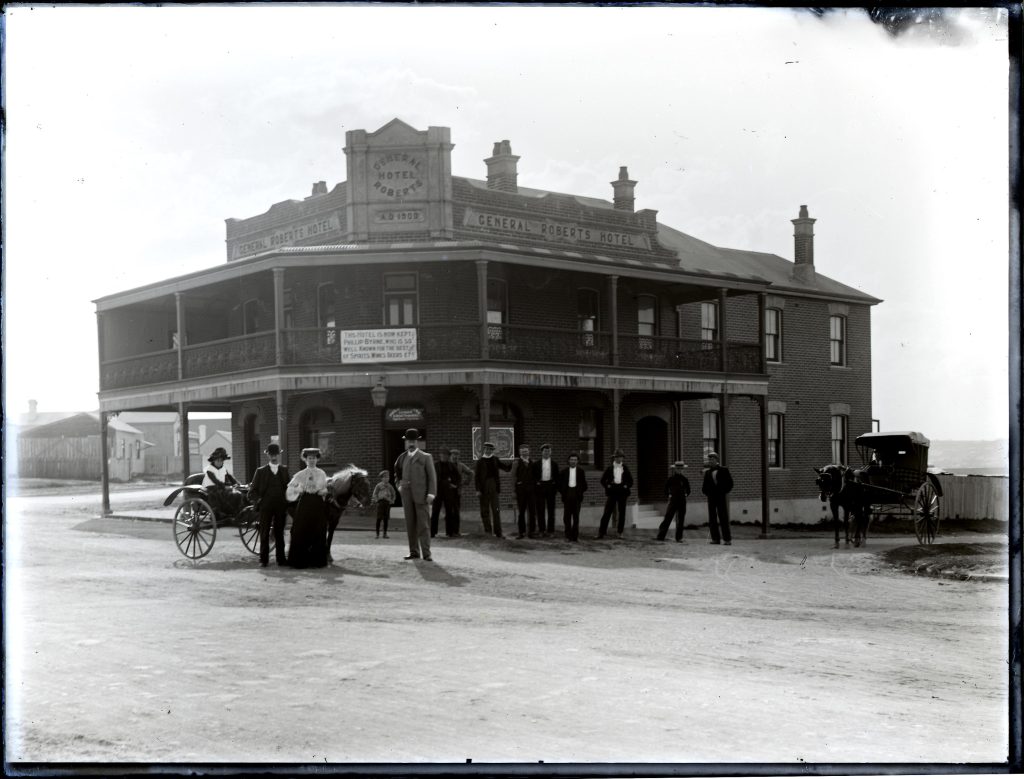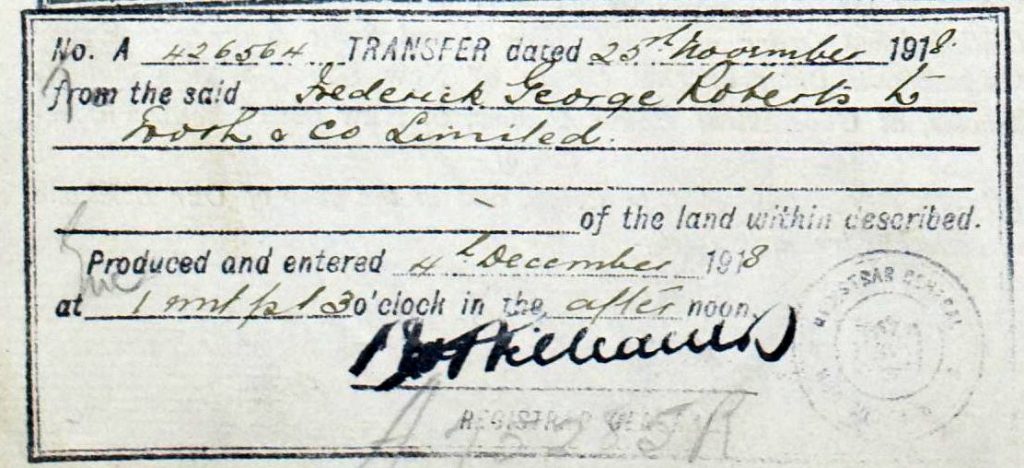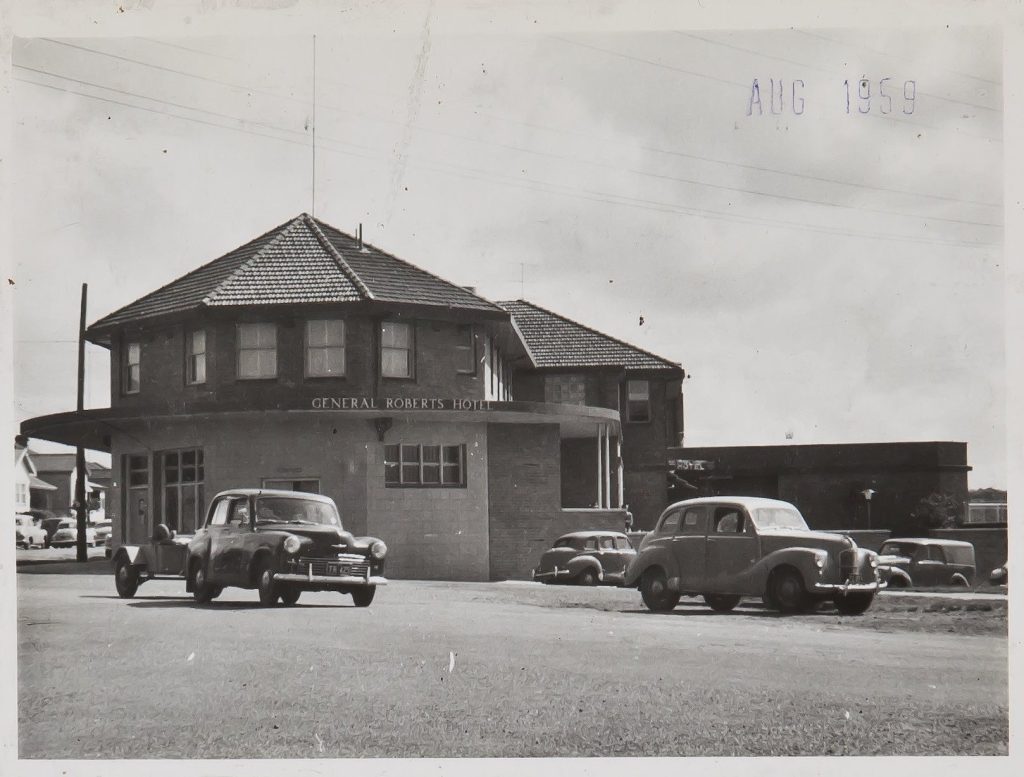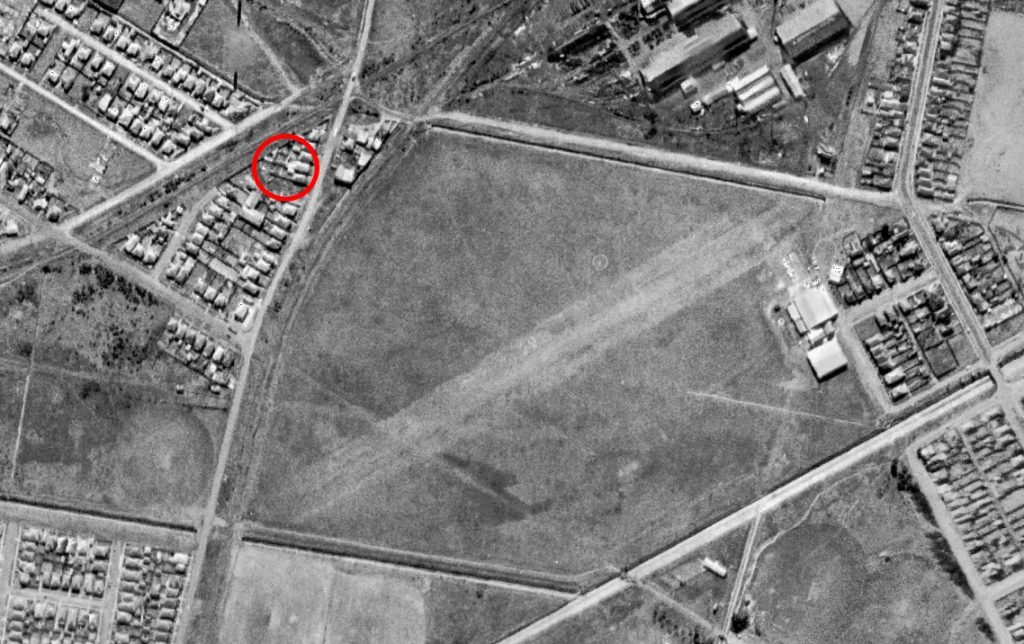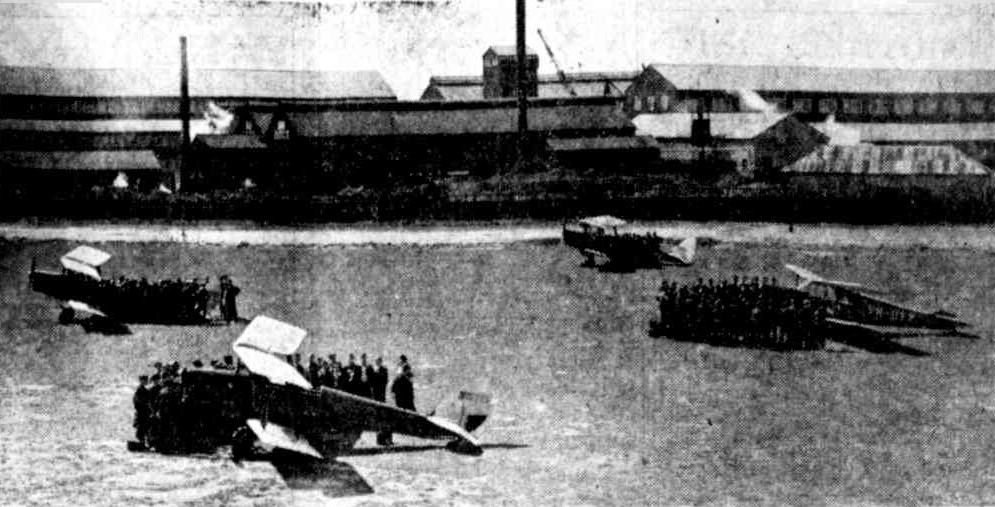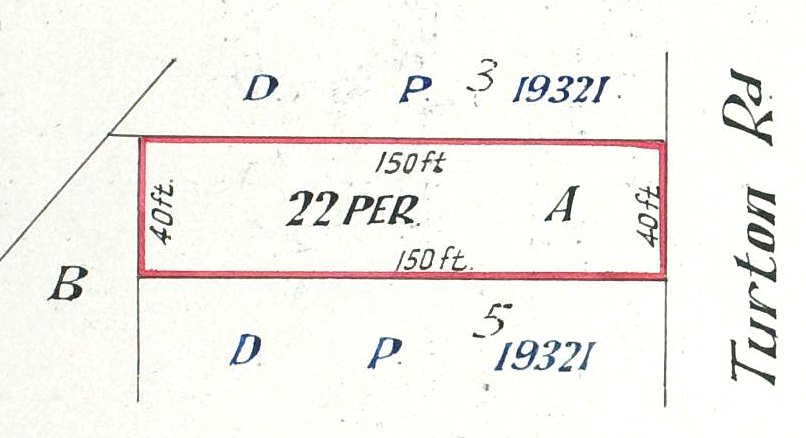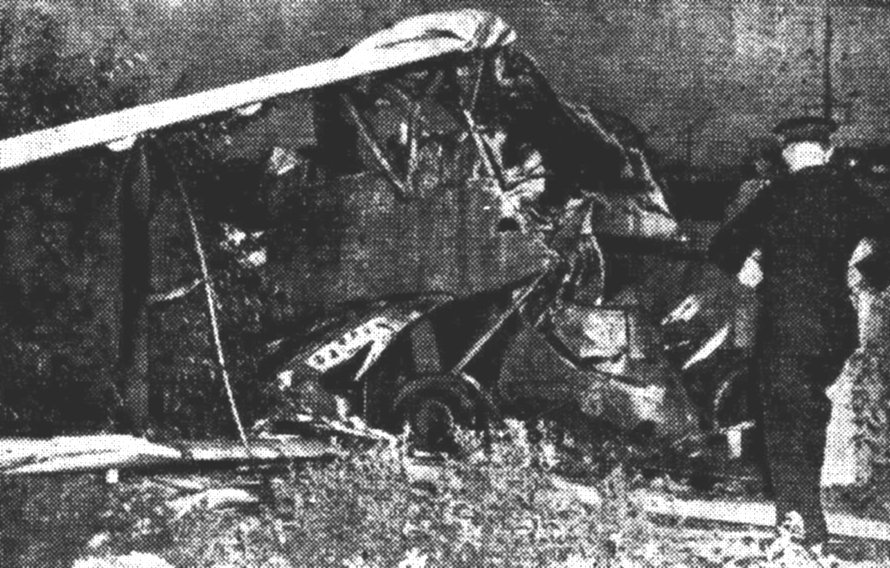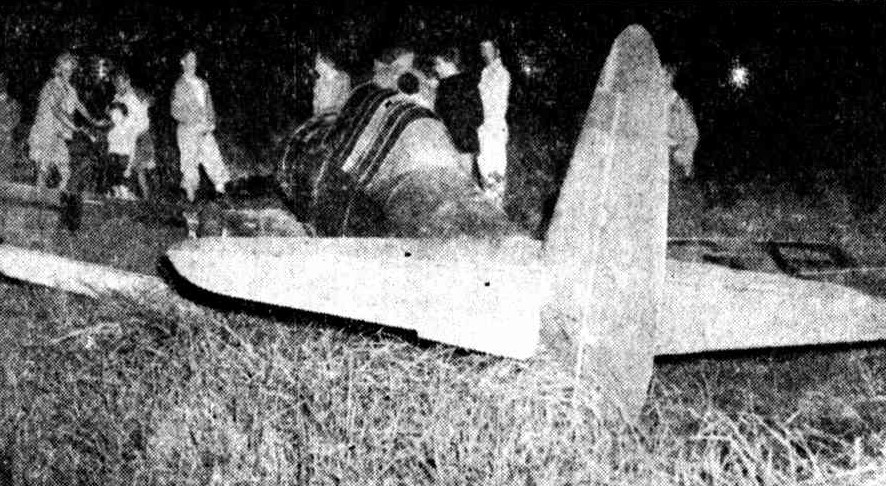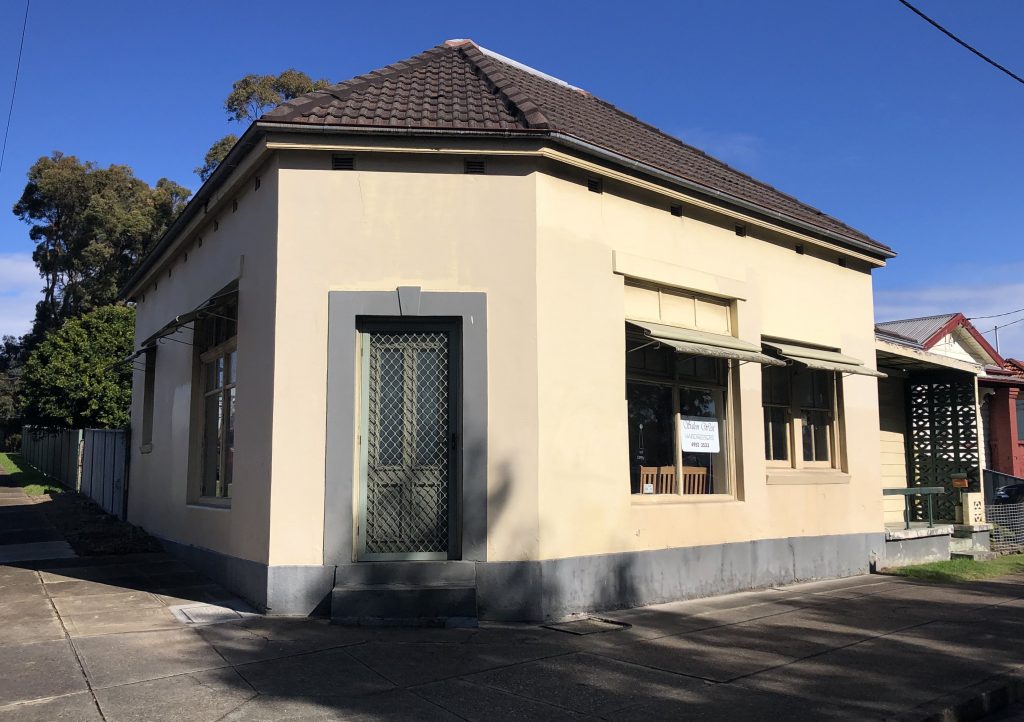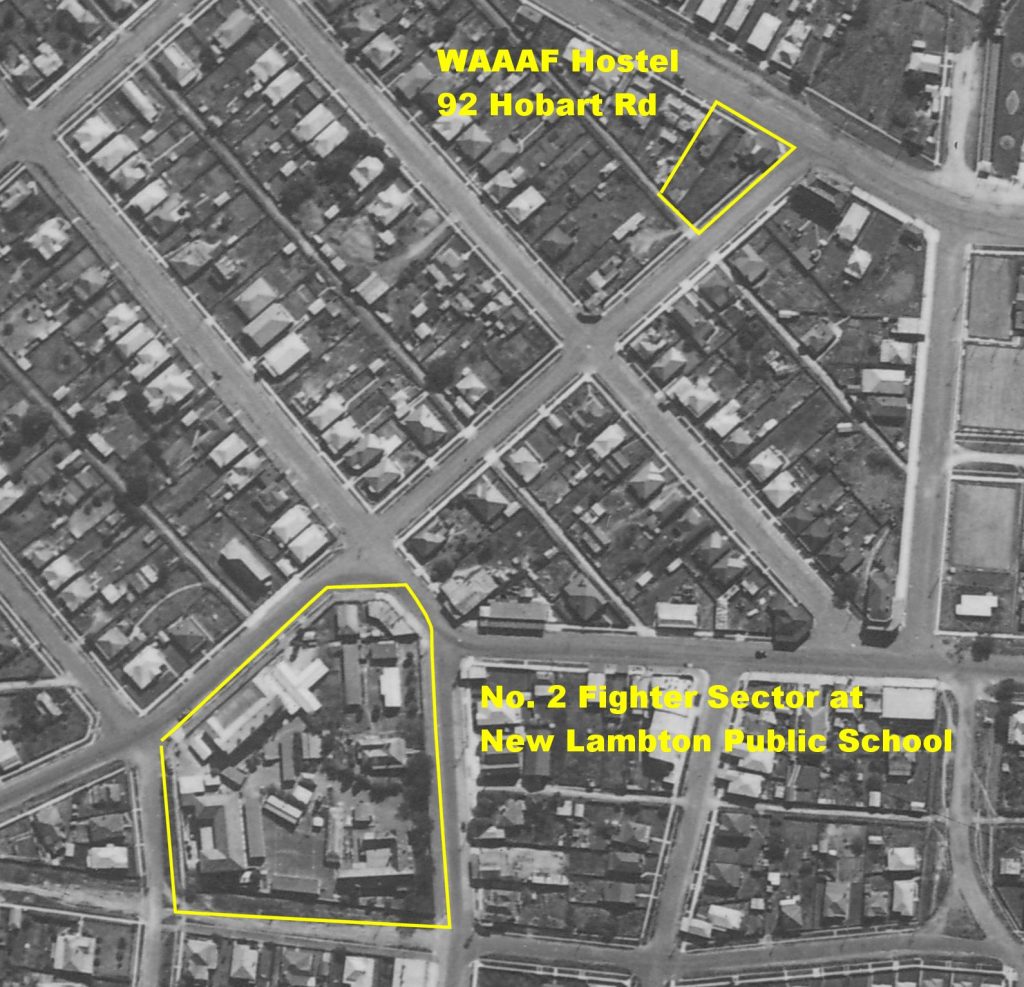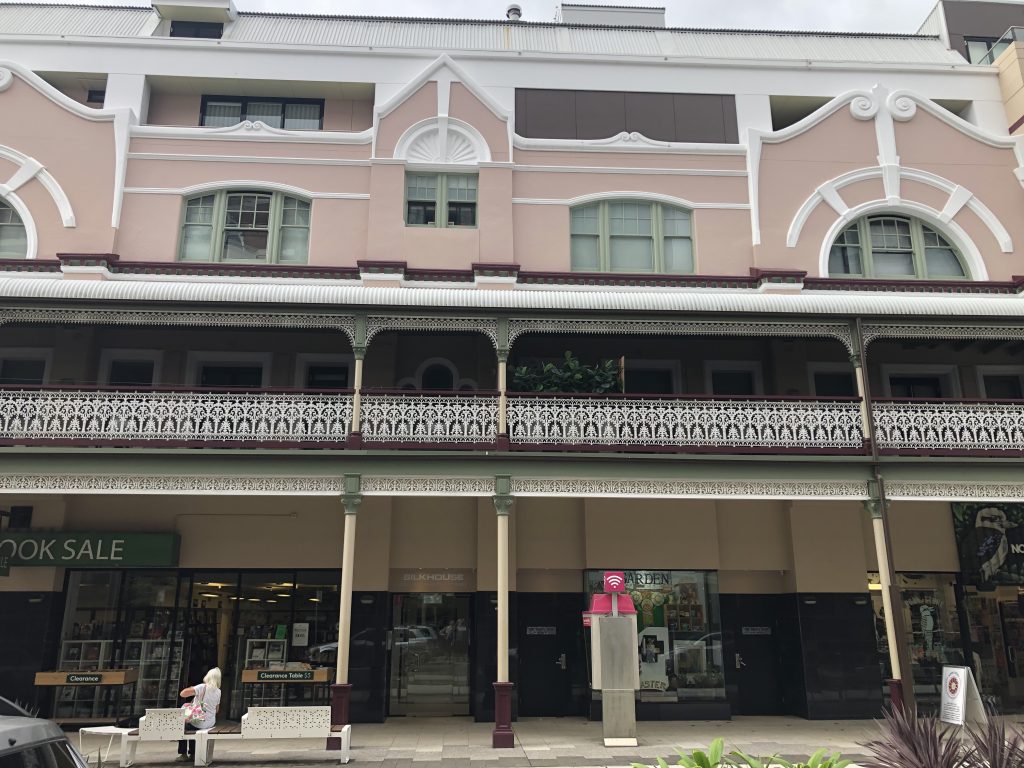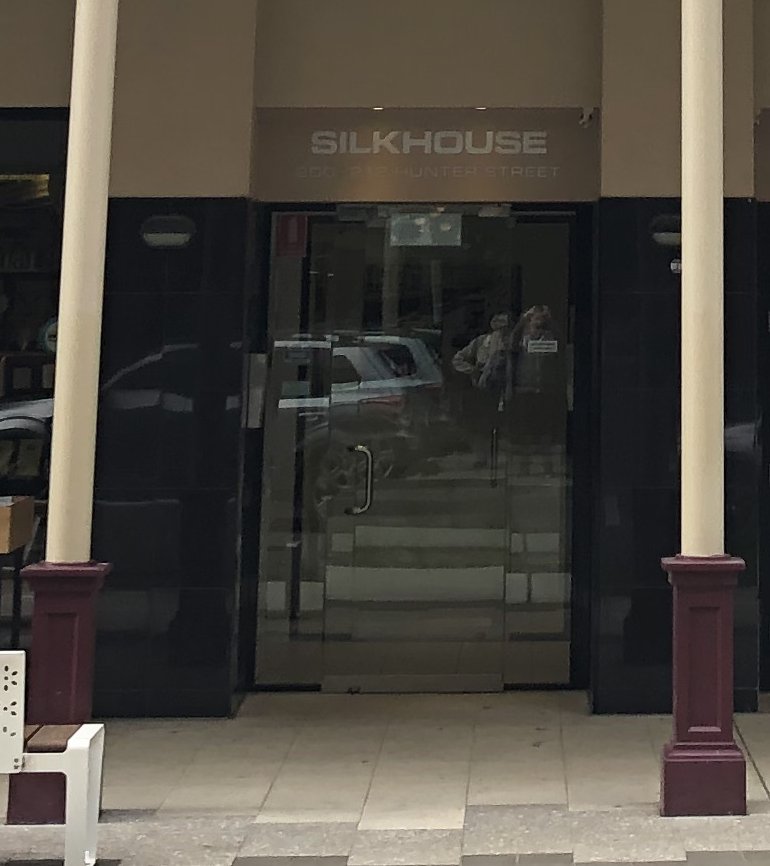When you’re in a time of technological change, it’s hard to know which innovations will last, and which will fade away. That’s a problem New Lambton council faced 100 years ago, when they moved to mechanised transport.
In August 1923 the council decided to sell their horses and drays and purchase a steam powered “Super Sentinel” lorry. Manufactured in Shrewsbury, England, the lorry was sent by ship to Sydney for final assembly. The council advertised for a driver, and with the economy still suffering a high rate of post-war unemployment, received 96 applications for the position.
With the truck’s arrival early in the new year, council arranged a public demonstration on 19 January 1924. The Newcastle Morning Herald reported “The Super Sentinel steam lorry purchased by the council for £1400 was given a very successful trial on Saturday afternoon, in the presence of the aldermen of the municipality and several visiting aldermen. The machine was driven by Mr. C. J. Robinson, and the various steep grades were easily negotiated with a 6-ton load of gravel.”
Despite the glowing appraisal of this new technology, reality did not measure up to expectation. The following year breakdowns regularly kept the lorry out of action. At a fiery council meeting in October 1925, some blamed the driver for operating the truck inappropriately. With continuing breakdowns, a motion was tabled in March 1926 to dispose of the lorry. The motion was defeated, but soon afterwards council decided to supplement the troubled steam machine by purchasing a petrol lorry, the first of many more to come. The “Super Sentinel” continued to be used until the amalgamation of suburban councils into Greater Newcastle Council in 1938. In June 1941 Newcastle council briefly brought the steam lorry back into service to assist the effort to conserve petrol supplies during the war. When war-time rationing ended, the age of steam powered road transport was soon over, and petrol and diesel power has dominated to this day.
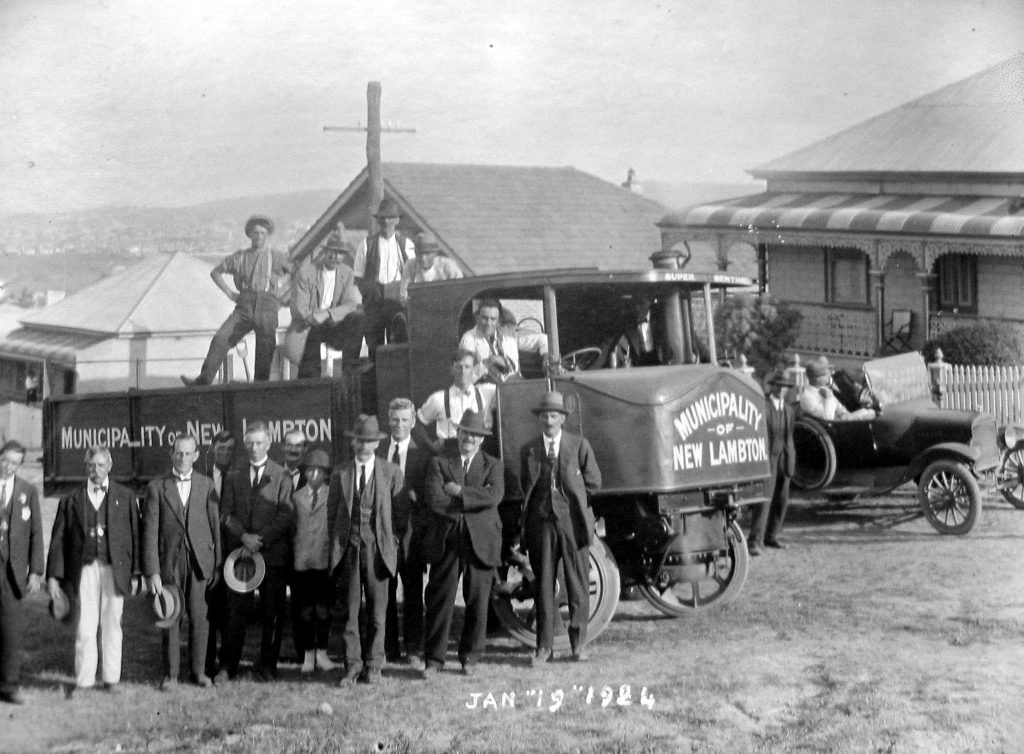
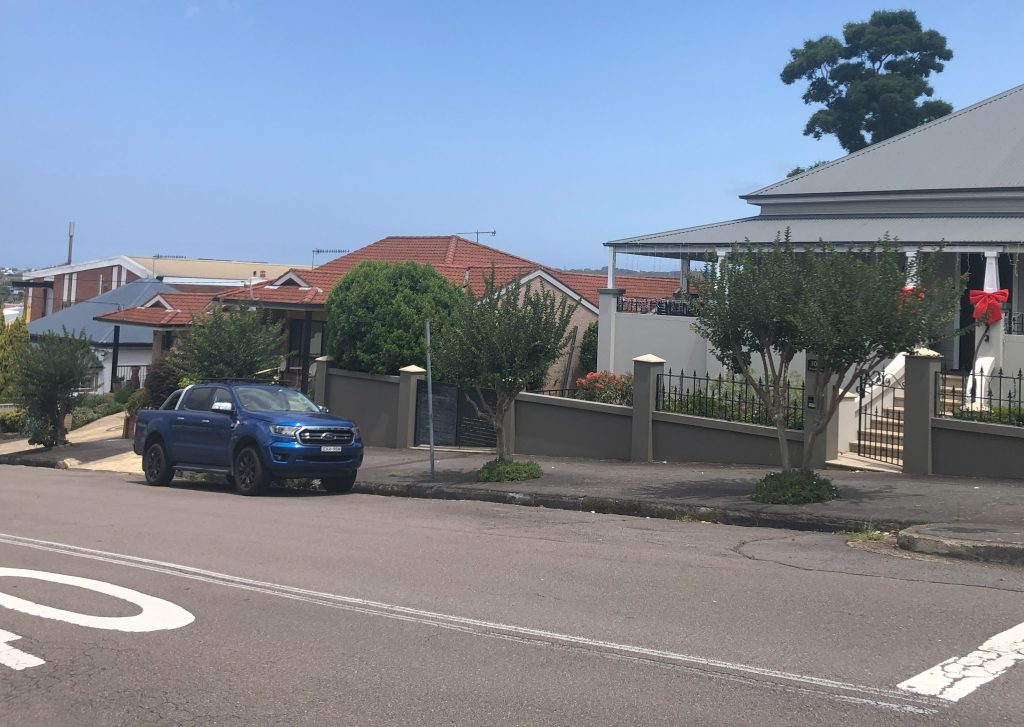
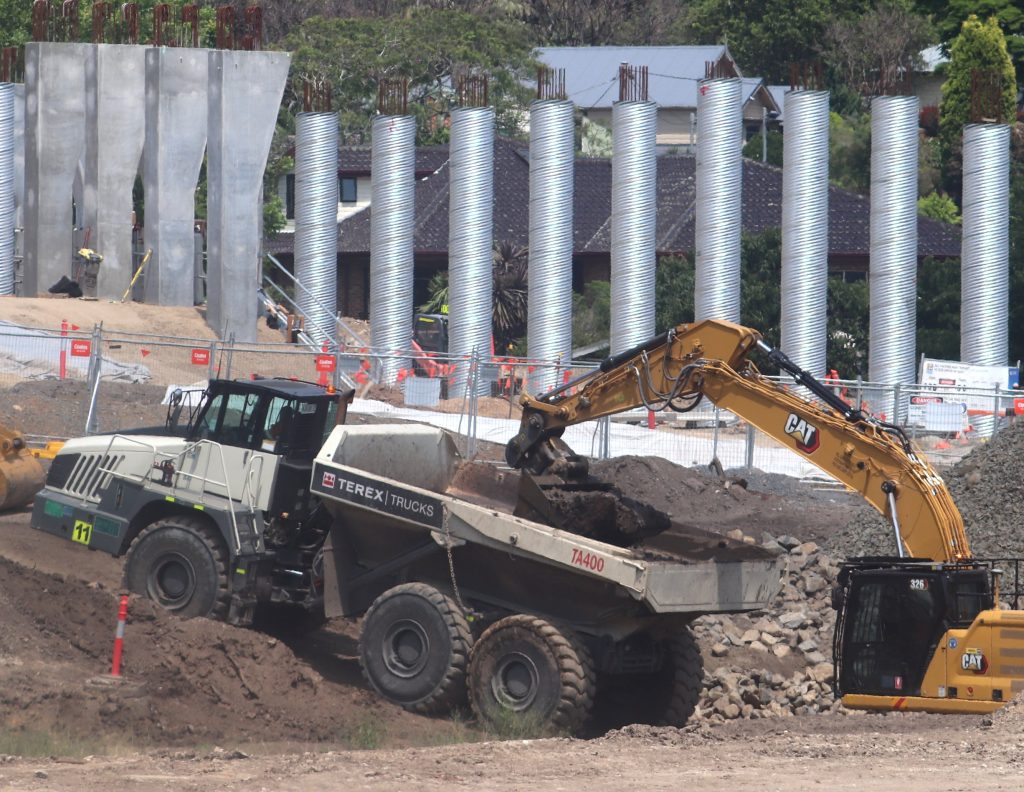
The article above was first published in the January 2024 edition of The Local.
Additional Information

In the article I wrote that the Super Sentinel was “manufactured in Shrewsbury, England” which seems to contradict a 17 October 1923 report on the imminent arrival of the “steam lorry which was ordered by the New Lambton Council from the makers in Scotland.” The apparent discrepancy is explained by the fact that the steam waggons were originally manufactured by the Allen and MacLellan company in Glasgow, Scotland, but with growing demand for their vehicles, in 1915 they opened a new factory in Shrewsbury, England, dedicated to the manufacture of steam powered vehicles.
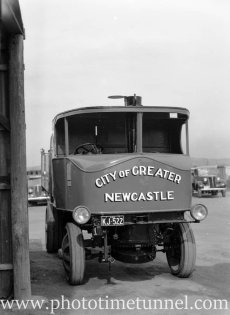 Greg and Silvia Ray’s Photo Time Tunnel website has a couple of photographs of the Sentinel steam lorry from 1941, when Newcastle Council brought it back into service to assist with the conservation of petrol supplies during World War 2.
Greg and Silvia Ray’s Photo Time Tunnel website has a couple of photographs of the Sentinel steam lorry from 1941, when Newcastle Council brought it back into service to assist with the conservation of petrol supplies during World War 2.
Newspaper articles
| Article Date Event Date | Notes |
|---|---|
| 24 Jul 1908 22 Jul 1908 | After many years of relying on contractors for the carting of material, New Lambton council "decided to purchase a horse and tip dray for general carting, and the Mayor, along with Alderman Mitchell and the council clerk, were appointed a sub-committee to purchase material for the erection of stables and sheds in the yard of the council chambers." |
| 5 Oct 1921 | Detailed description of the Sentinel Steam Waggon, manufactured in Shrewsbury, England. |
| 31 Aug 1922 | Another detailed description of the Sentinel Steam Waggon. |
| 3 Aug 1923 1 Aug 1923 | New Lambton Council - "At a special meeting held during the week, to consider the transport, it was decided to purchase a Sentinel steam lorry at cost of £1160, and the existing plant (horses and drays) be sold, and, further, that applications be called for driver under conditions fixed at a wage of £6 per week." |
| 17 Aug 1923 15 Aug 1923 | New Lambton Council meeting - "M. Whylie, asking council's opinion re applications to be called for driver for proposed Sentinel steam lorry. As driver of the present plant, he claimed preference to the position, if proficient, and able to pass necessary test. This he would be prepared to do at his own expense." |
| 25 Aug 1923 | Advertisement for the position of Steam Lorry Driver at New Lambton. |
| 14 Sep 1923 12 Sep 1923 | "Ninety-six applications were received for the position of driver for the steam lorry ... it was decided to hold a special meeting to finalise the position of driver on Monday night week." |
| 28 Sep 1923 26 Sep 1923 | "Alderman Cameron moved that as the motion in connection with the appointment of driver for steam lorry was for consideration of local applicants firstly, and seeing that Mr. Scowcroft was not a resident, the resolution passed at the special meeting of the council held on 24th September appointing him to the position, be rescinded, and that a fresh ballot be taken at the next ordinary meeting of the council. He contended that the method adopted was not fair, as it allowed a minority to exclude any applicant. The motion was carried." |
| 12 Oct 1923 10 Oct 1923 | After having his appointment as steam lorry driver rescinded, a fresh vote by the aldermen results in Scowcroft appointed again. |
| 17 Oct 1923 | "The Super Sentinel steam lorry, which was ordered by the New Lambton Council from the makers in Scotland, at a cost of £140, is expected to arrive next month. The machine is fitted with a three way tipping waggon, allowing of the material to be deposited on either side or from the back. It will have a capacity of from five to six tons. The steam lorry will replace the council's present plant of three horses and three drays, and it is anticipated will effect a material saving in time and expense." |
| 10 Dec 1923 | "New Lambton Council has accepted a tender of £190 for the erection of a garage to house the council's Sentinel steam waggon. The Mayor (Alderman Brown) will supervise the erection of the building." |
| 3 Jan 1924 | "W. Adams and Company, Limited, advised New Lambton Council that the Sentinel steam waggon would be delivered in the second week in January. The council decided that the driver be sent to Sydney for instruction on the waggon, and that the test of the machine be made from Greta-road to Evescourt-road, via Russell-road, then up Rugby-road to Brett-street and Carrington parade." |
| 11 Jan 1924 | The Sentinel steam lorry which was ordered by New Lambton Council some time ago arrived at Sydney by the steamer Tairora on January 3, and it is being assembled. It is expected that the lorry will be handed over to the council on Saturday, January 19, when it will undergo a test, to which representatives of the various Newcastle district councils are being invited. |
| 15 Jan 1924 | "We are advised by the local house of Wm. Adams and Co., Ltd., that the first super-Sentinel model to arrive in Newcastle will be delivered to the New Lambton Council on Saturday afternoon next, 19th, at 3 p.m., when official trials by the council will take place. After the official trials, the waggon will be on view at the park, where the fireman's gala is being held." |
| 21 Jan 1924 19 Jan 1924 | "The super Sentinel steam lorry purchased by the council for £1400 was given a very successful trial on Saturday afternoon, in the presence of the aldermen of the municipality and several visiting aldermen. The machine was driven by Mr. C. J. Robinson, and the various steep grades were easily negotiated with a steam pressure of 190lb, the machine being gauged to 230lb, and carried a 6 ton load of gravel. On reaching the highest point an exhibition of the machine's three-way trip was given. It ran very smoothly, silently on route of trial, and was driven to the sports, where the general criticism passed was more rates'." - Newcastle Morning Herald |
| 21 Jan 1924 19 Jan 1924 | " 'Jump on the waggon, boys, and we'll all have a ride.' This was the Mayor's injunction on Saturday to the aldermen and visitors who assembled to witness the trial of the new Super-Sentinel waggon purchased by New Lambton Council. The test was a severe one, and fully demonstrated the capabilities of the 'super.' With a load of six tons of gravel (irrespective of the human contingent) the Sentinel climbed Russell road and then backed down, demonstrating the brake control. Then it went along Regent street and up to Evescourt road, a test good enough for anything in New Lambton. Afterwards it proceeded to Rugby-road, where the unloading facilities of the waggon were demonstrated. Either side may be tilted, also the back. All present were satisfied with the demonstration." - The Newcastle Sun |
| 22 Oct 1925 21 Oct 1925 | "New Lambton Council possesses a motor lorry. It is used for carrying road-making material about the municipality; but it is out of action at present. This was tho subject of a long, and at times angry, discussion at last night's council meeting. The council must try to prevent the constant stoppages of the lorry for repairs, because these were a drain on the funds." |
| 30 Nov 1925 | "At the beginning of 1924 the old system of carting by horse and dray was changed and mechanical transport by a steam waggon substituted. This has proved an economical method of traction, hauling quarry metal over a distance of three miles, and enabling a road to be completed at less cost than the metal could be purchased either at Broadmeadow or at Adamstown. Carrying out the same work under old conditions would have been prohibitive." |
| 3 Dec 1925 2 Dec 1925 | "A report on the lorry was placed before the council, and created considerable discussion. Alderman Brown gave a verbal report of his interview with Mr. Parsons, which substantiated the written document. It referred to several matters of repairs, which could have been done by the driver." |
| 17 Dec 1925 16 Dec 1925 | "The detailed report of an engineer on the lorry was then considered. The Mayor reported the synopsis of the whole question, and the resignation of the driver, with its subsequent withdrawal. The driver was given an opportunity of making a statement. The assistant driver was also given the opportunity of stating his case, in which he said that both drivers had been made scapegoats, which was an unfair proposition. No action was taken." |
| 25 Mar 1926 | "New Lambton Council some time ago purchased a steam lorry for traction work on the streets. Great things were expected, but expectations have not been fulfilled. At last night’s meeting of the council Alderman Auckett tabled a motion to dispose of the lorry by tender.” Alderman Auckett: "The lorry has not been satisfactory to any one. It has cost a considerable sum for repairs, and as it has not given satisfaction we should get rid of it." |
| 8 Apr 1926 7 Apr 1926 | "In a report submitted to the council, the engineer (Mr. Williams) recommended that a light type of motor lorry, from two to two and a half tons, be purchased for street and gravel work, and that the present steam lorry be retained for a further period. During the winter months, the engineer stated, to carry on satisfactorily, the council would be compelled either to employ drays continually or purchase some lighter vehicle to carry gravel to places where the heavy steam lorry could not go." |
| 6 May 1926 5 May 1926 | "Why is the steam lorry not giving satisfactory work, and what is the cause? These questions were put to the New Lambton engineer, Mr. Williams, at the local council meeting last night. In reply, the engineer said that the driver was the cause. He said he was old, and his nerves were not good, and he could not do the work. He recommended getting another driver to do the work for a month. The recommendation was adopted." |
| 17 Jun 1926 | "The council has added to its road making plant by the purchase of a 2½ ton motor lorry. The council possesses a 6-ton steam lorry. The lighter machine has been acquired for maintenance work, and it will do away entirely with horses and drays." |
| 22 Jul 1926 21 Jul 1926 | New Lambton Council - Mr. R. Lathlean was appointed motor lorry driver. There were 102 applicants for the position. |
| 14 Jul 1927 13 Jul 1927 | "The acting foreman reported that the steam lorry was again in commission after the overhaul, and, according to the driver was giving satisfaction." |
| 9 May 1936 | New Lambton council "has the most modern and comprehensive plant of any municipal council in the district. The plant comprises four motor-lorries, a steam lorry, two steam rollers, a footpath roller, a road grader, four concrete mixers, and scores of subsidiary roadmaking tools." |
| 10 Feb 1938 9 Feb 1938 | "A resident of Mackie-avenue complained that the council's steam lorry damaged a water-pipe leading to his property." |
| 20 Jun 1941 | "An old steam waggon which has been lying idle in Corlette-street depot for several years is to be brought back into service again by Greater Newcastle Council to haul metal and gravel. This is one step in the council's programme to assist the Government in conserving supplies of petrol." |


